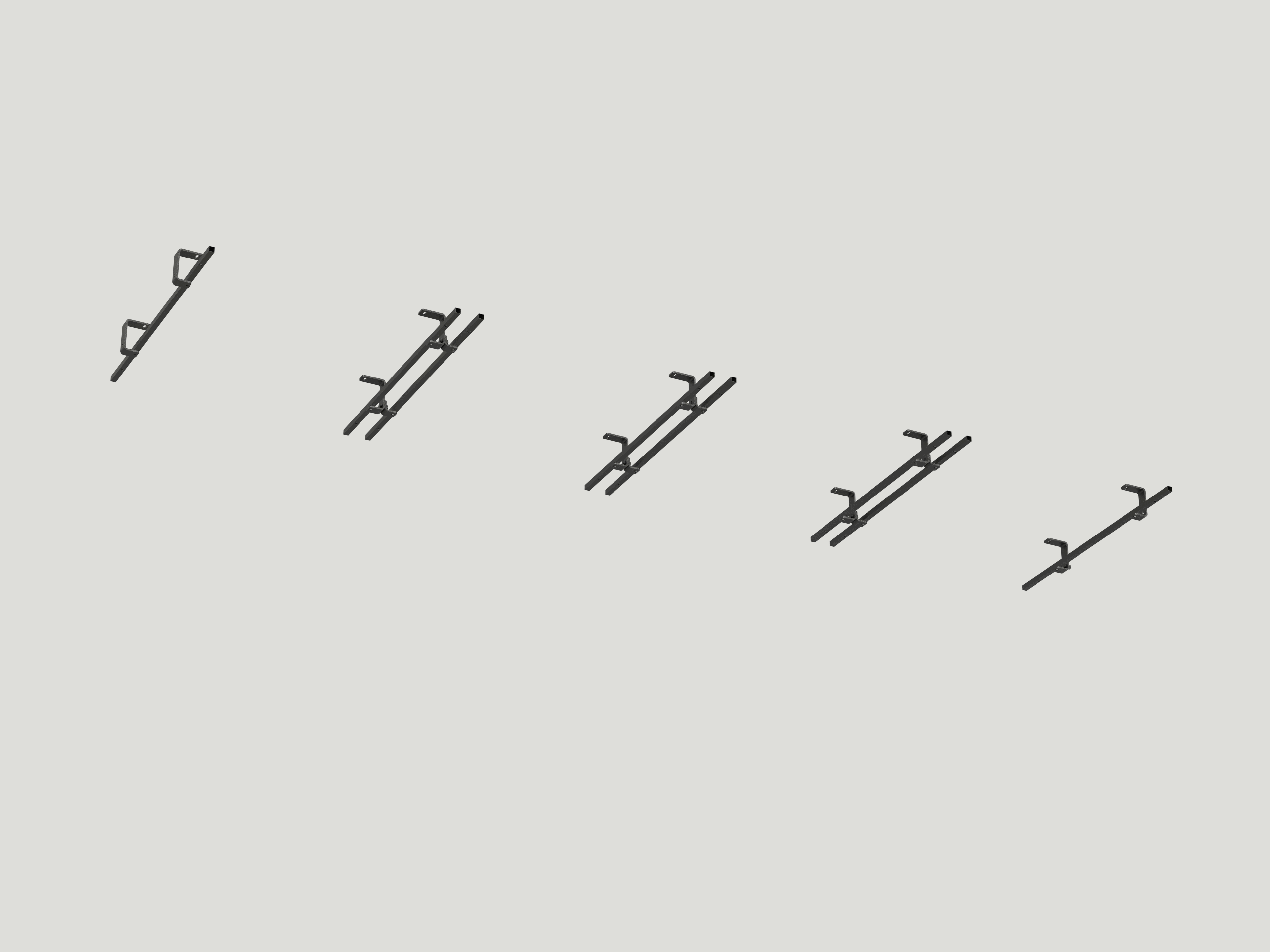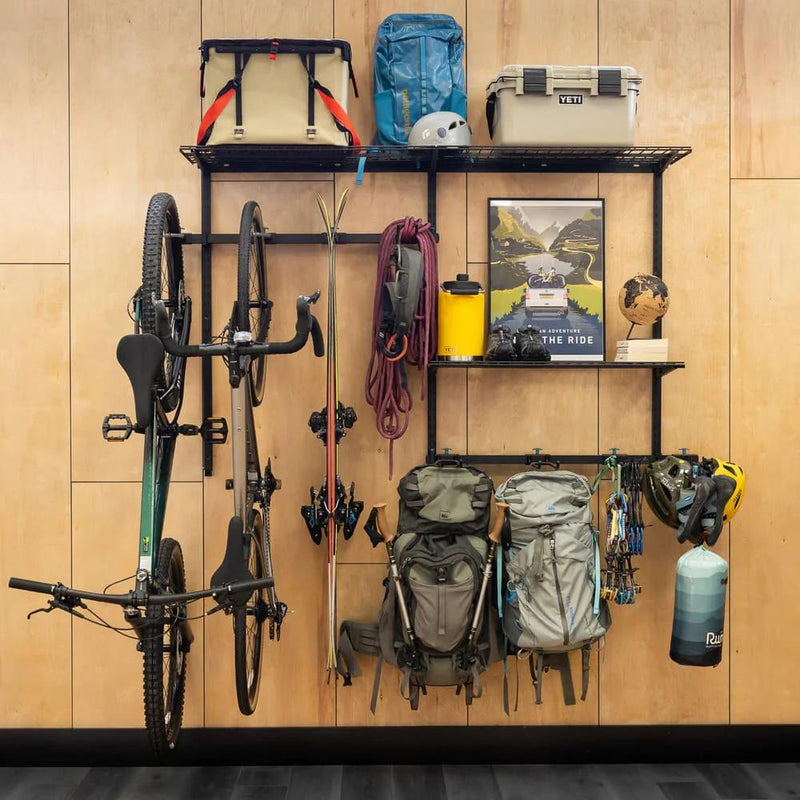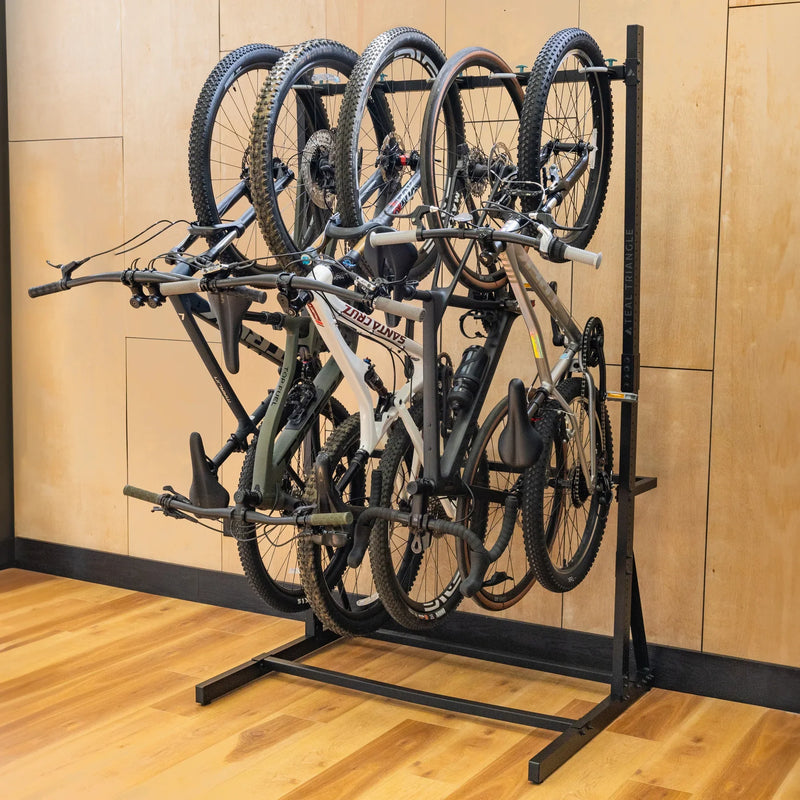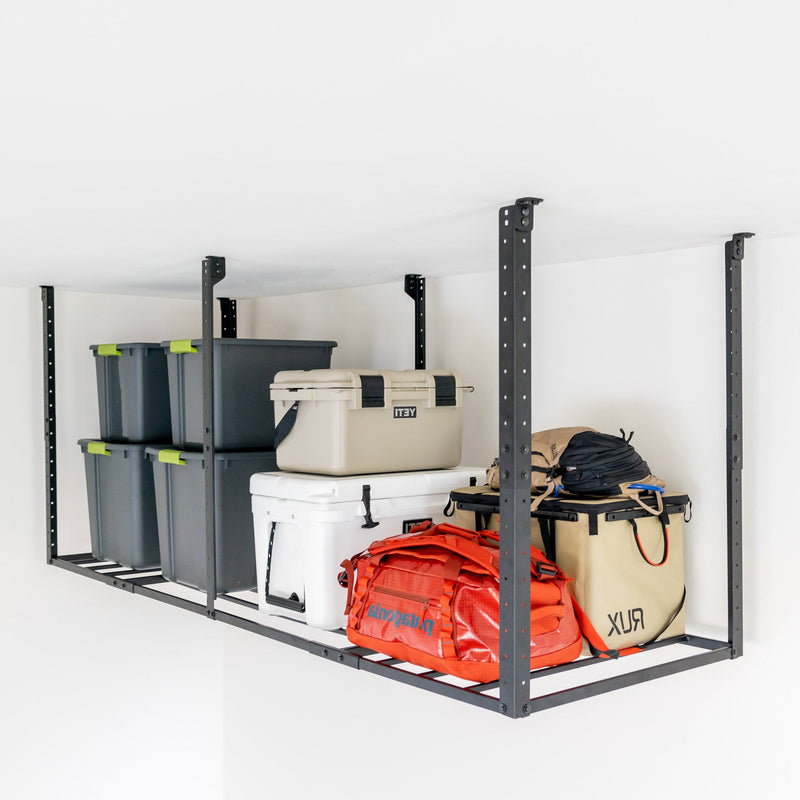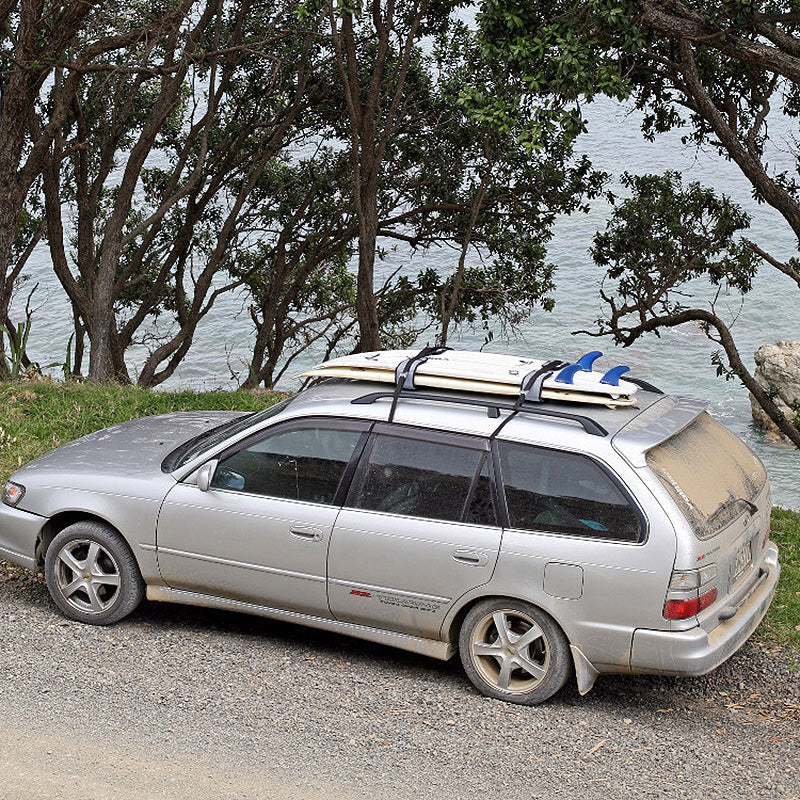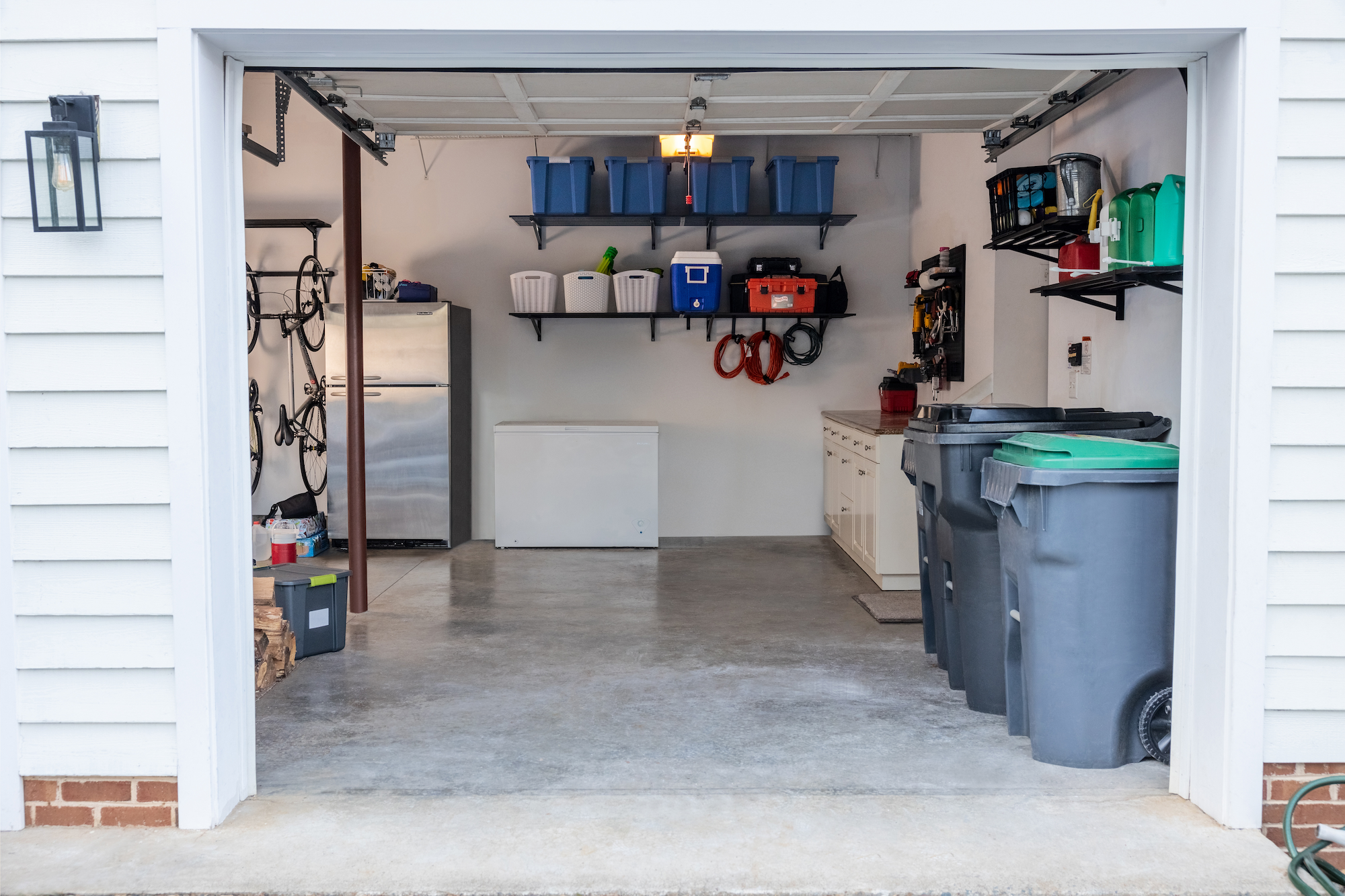Skateboard ramps refer to the apparatus created for street style competitions, skateparks, and perhaps your backyard. Skateboarding while using ramps is referred to as street style skating because ramps can emulate a “street” environment.
Some of the most popular styles of ramps include:
Half Pipes. Almost always made of wood, but can be seen in concrete, dirt, and snow (for snowboarding). A half pipe consists of two quarter pipes. Years ago, half pipes were just half of large pipes. It wasn’t until the early 80’s that these pipes were extended by a flat ground between the two quarter pipes. This flat ground section gives the rider time to build speed for the next trick, as well as regain balance when coming back down from a trick.
Vert Ramps. Named because they go from flat ground in the center to a vertical wall. Vert ramps are usually 10-15 feet, with six inches to three feet of vert up top. The vert at the top allows for the rider to catch more air than on a mini-ramp. The vert at the top causes the rider to shoot straight up instead of forward like on a mini ramp.
Mini Ramps. A mini ramp is a like a half pipe, but much smaller (usually less than 6ft high). Mini ramps can even be as small as 2-3’ high. Most small ramps are designed with beginners in mind (not too high of a fall!). Some of these ramps are built to suit experienced riders as well who seek a steep ledge for lip tricks.
If you want to work on lip tricks, mini ramps are the way to go. This is because when pulling off air tricks on a mini ramp, you will have to Ollie to keep from eating the ground when you go flying over the deck. Ollie won’t be necessary when you move onto a vert ramp since the vertical (vert) wall will send you straight up, not out. You’ll find mini ramps at every skatepark because they work for beginners and experienced riders.
Mega Ramp. Created by famous BMX rider Mat Hoffman in 1992. It was a 21’ tall quarter pipe vert that Mat used to launch himself up into the air (by using a BMX bike modified with a lawnmower engine for a boost). The tallest Mega Ramp is 197' tall. It is located in professional skateboarder Bob Burnquist's backyard.
Quarter Pipes resemble a quarter of the cross section of a pipe. You’ll find them in both skateboarding and snowboarding parks. Quarter pipes have a steep transition that starts at the ground and ends at a metal rail called the coping. Use these ramps to launch yourself into the air and land on the transition, or to grind and pull off stall tricks on the coping.
If you want to start skateboarding on ramps, try to find a skatepark in your area. Alternatively, you can try your hand and building your own ramp for your yard or street (watch for traffic!). If you don’t have any construction skills, you can buy your own ramps. Pricing can be as low as $100 for a mini ramp, to several thousands of dollars for huge and elaborate setups.
Shop our skateboard collection for storage that shows off your boards.

